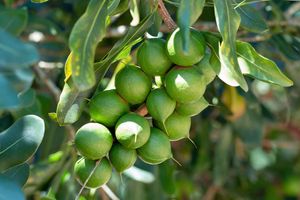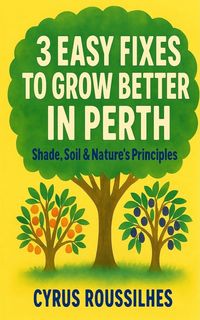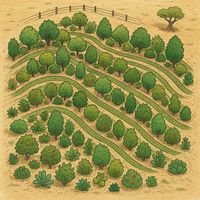3 Easy Fixes to Grow Better in Perth: Shade, Soil and Syntropic Principles
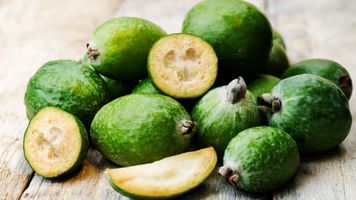
Feijoas
Not a lot of people (including me just today!) know that Feijoas need chill hours! Feijoas (Acca sellowiana) generally require 50 to 200 chill hours, depending on the variety. Chill hours refer to the time spent in temperatures between 0°C and 7°C in June-August, which are necessary to trigger proper fruiting. Without enough chill hours, flowering and fruiting may be poor. ATM, Perth averages aroung 250-400 chill hours annually. For example, some varieties thrive with as few as 50 chill hours, but 100-200 hours is considered optimal for better fruit production. Feijoas typically fruit once a year, usually between late autumn and early winter (April to June in Perth). However, there are occasional reports of out-of-season flowering, That's why I did some quick research as my White Goose has flower buds now! This is not common btw. In terms of growing season, feijoas prefer cool winters and mild summers (around 25-33°C). They are suited to subtropical to temperate climates and can tolerate a range of soil types, as long as waterlogging is avoided. For fruiting, feijoas benefit from cross-pollination, although there are self-fertile varieties available. If planted in full sun with good moisture during the fruit development stage, feijoas will remain productive for over 30 years, making them a long-term investment for the garden.

Blueberries in the ground in Perth?
Mineral Magic
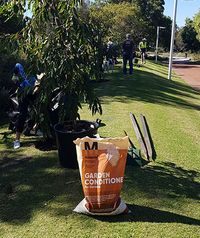

Mineral Magic

Fighting off Dementia

Spinach & Teas
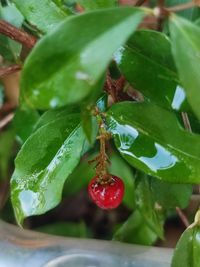
Gardening Journey
For those wondering why the Indian Blackboy Peach is named as such?

